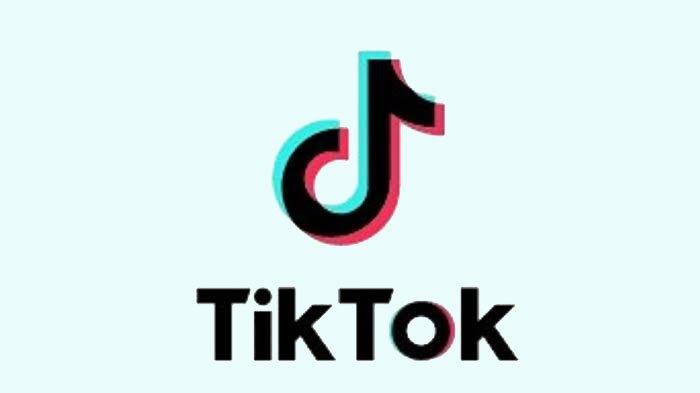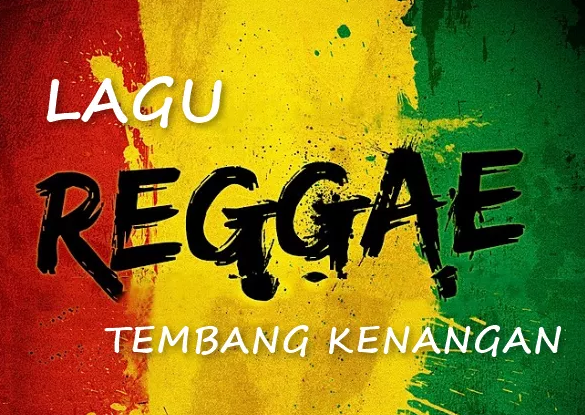

- #Lagu indonesia versi reggae Patch#
- #Lagu indonesia versi reggae upgrade#
- #Lagu indonesia versi reggae software#
- #Lagu indonesia versi reggae Pc#
- #Lagu indonesia versi reggae download#
The FTC dubbed Syncronys’s claims “ false and misleading,” and the company was eventually forced to pull the product from the market and issue refunds.

And even then, the performance boost was negligible.

#Lagu indonesia versi reggae software#
It turns out that all SoftRAM really did was expand the size of Windows’ hard disk cache–something a moderately savvy user could do without any extra software in about a minute. The 700,000 users who bought Syncronys’s SoftRAM products certainly thought so. Syncronys SoftRAM (1995)īack in 1995, when RAM cost $30 to $50 a megabyte and Windows 95 apps were demanding more and more of it, the idea of “doubling” your system memory by installing a $30 piece of software sounded mighty tempting. We appreciate the fact that there’s an alternative to Windows Media Player we just wish it were a better one. To be fair, RealNetworks deserves credit for offering a free media player and for hanging in there against Microsoft’s relentless onslaught. But less than a year later, Real was in hot water again for tracking the habits of its RealDownload download-management software customers.

#Lagu indonesia versi reggae Patch#
After a tsunami of bad publicity and a handful of lawsuits, Real issued a patch to prevent the software from tracking users’ listening habits. Turns out that RealPlayer G2, which had been out since the previous year, also broadcast unique IDs. Smith discovered that the software was assigning a unique ID to each user and phoning home with the titles of media files played on it–while failing to disclose any of this in its privacy policy. For example, shortly after RealJukeBox appeared in 1999, security researcher Richard M. RealPlayer also had a disturbing way of making itself a little too much at home on your PC–installing itself as the default media player, taking liberties with your Windows Registry, popping up annoying “messages” that were really just advertisements, and so on.Īnd some of RealNetworks’ habits were even more troubling.
#Lagu indonesia versi reggae upgrade#
Please upgrade your system.Ī frustrating inability to play media files–due in part to constantly changing file formats–was only part of Real’s problem. Sorry, the requested codec was not found.
#Lagu indonesia versi reggae download#
In order for your browser to display the following paragraph this site must download new software please wait. Real annoying: The RealPlayer of the late 90s worked fine, but its entourage included aggressive installations, uninvited popups, and insidious Registry rewrites. AOL is now busy rebranding itself as a content provider, not an access service. And as America moved to broadband, many left their sluggish AOL accounts behind. Once people realized what content was available elsewhere on the Net, they started wondering why they were paying AOL. Prior to that, though AOL offered plenty of its own online content, it walled off the greater Internet. Ultimately the Net itself–which AOL subscribers were finally able to access in 1995– made the service’s shortcomings painfully obvious. In August 2005, AOL paid a $1.25 million fine to the state of New York and agreed to change its cancellation policies–but the agreement covered only people in New York. Several states sued the service, claiming that it continued to bill customers after they had requested cancellation of their subscriptions. Once AOL had you in its clutches, escaping was notoriously difficult. This carpet-bombing technique yielded big numbers: At its peak, AOL claimed 34 million subscribers worldwide, though it never revealed how many were just using up their free hours.
#Lagu indonesia versi reggae Pc#
In the 90s you couldn’t open a magazine ( PC World included) or your mailbox without an AOL disk falling out of it. This lethal combination earned the world’s biggest ISP the top spot on our list of bottom feeders.ĪOL succeeded initially by targeting newbies, using brute-force marketing techniques. And all the while, AOL remained more expensive than its major competitors. Since America Online emerged from the belly of a BBS called Quantum “PC-Link” in 1989, users have suffered through awful software, inaccessible dial-up numbers, rapacious marketing, in-your-face advertising, questionable billing practices, inexcusably poor customer service, and enough spam to last a lifetime. How do we loathe AOL? Let us count the ways.


 0 kommentar(er)
0 kommentar(er)
